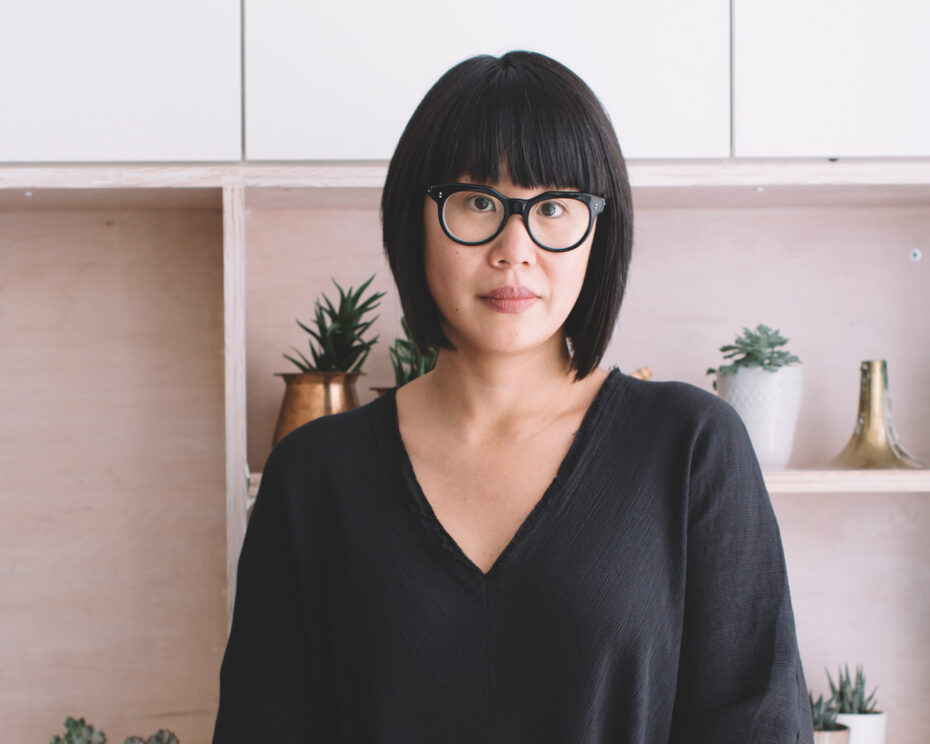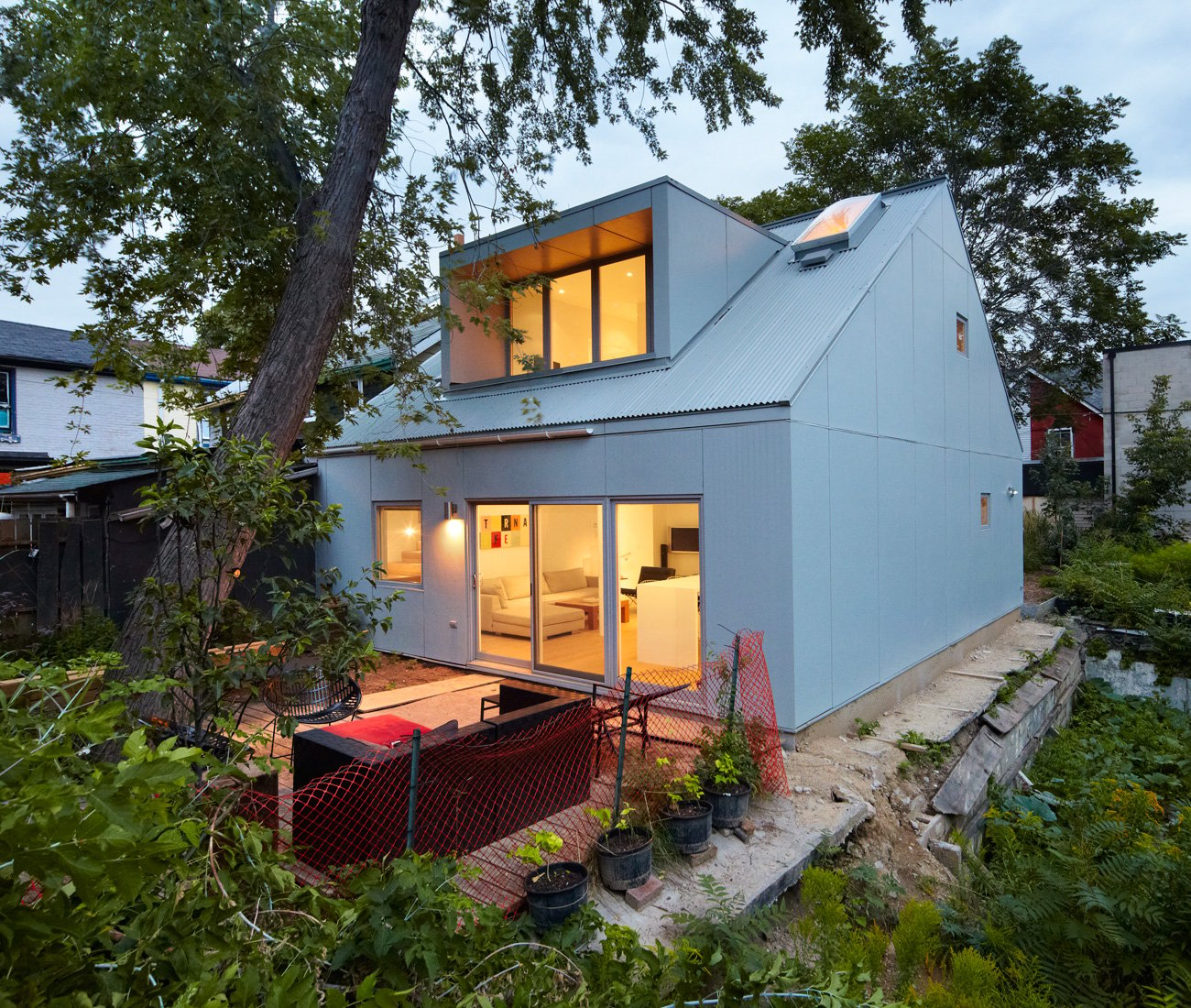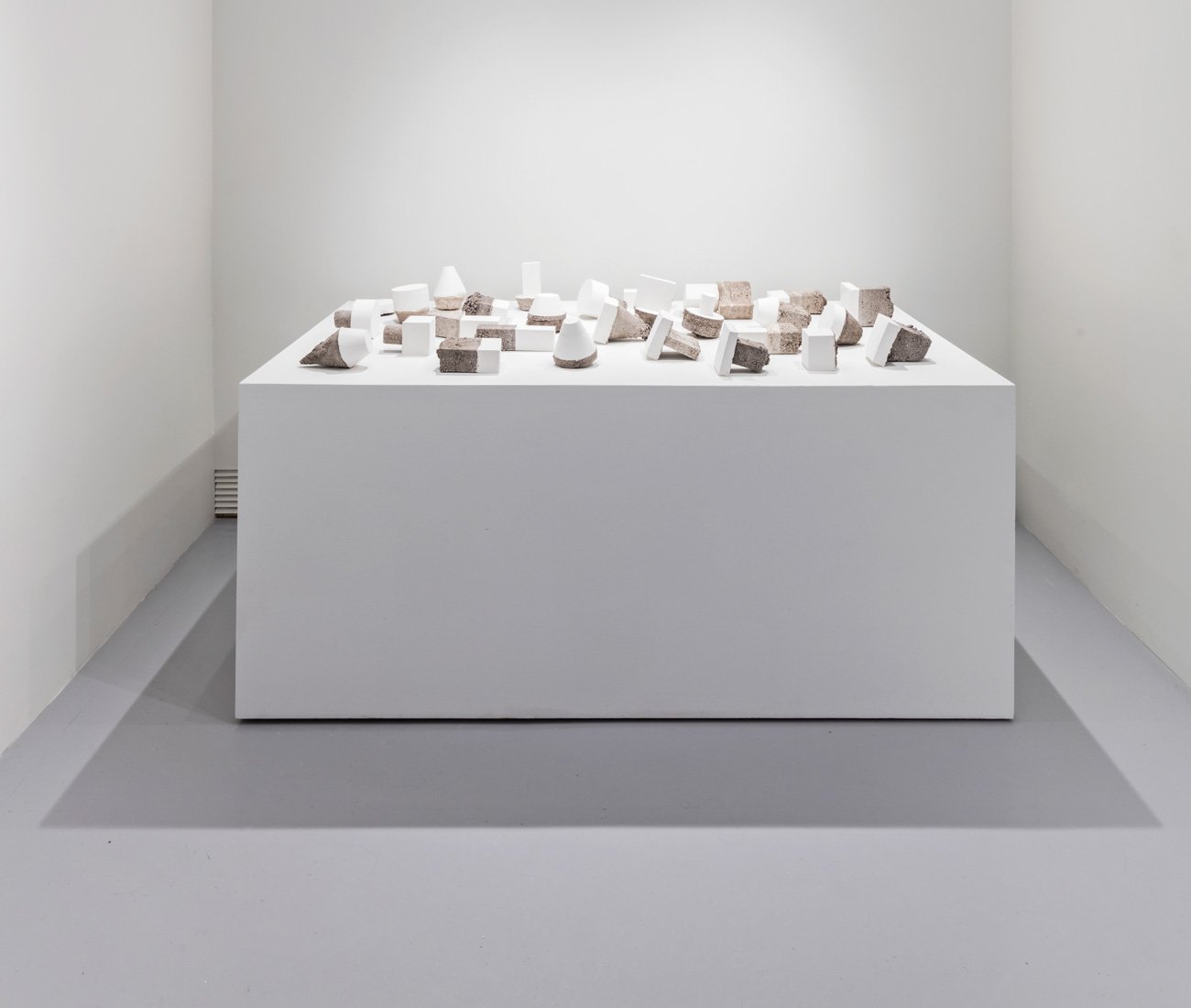Don’t Tell Deborah Wang to Slow Down

Deborah Wang’s Unstoppable Career Shaping Toronto’s Independent Design Scene
The artistic director of the Toronto Design Offsite Festival ( now DesignTO ) and a senior architectural designer at the firm Superkül, Deborah Wang splits her time between two distinctly different streams of activity – championing the work of others and producing creations of her own. “My interest in art is definitely wrapped up in my interest in architecture,” says Wang, 36. She earned her BAS from the University of Waterloo in 2005, acquired an MFA in criticism and curatorial practice from OCAD University five years later and then returned to Waterloo for a Master of Architecture, picking up a prestigious 2016 Royal Architectural Institute of Canada Student Medal.

Gradient House, a laneway home Wang worked on at Superkül, showcases small-scale residential design.
A Unique Approach to Art and Architecture
Along the way, she worked a dizzying array of office, gallery, and curatorial gigs. In 2014, she curated Urban Fabric: Portraits of a City at the Textile Museum of Canada, where she explored how cities stitch themselves together instead of focusing on textiles. Her master’s thesis at Waterloo – an examination of the relationships between the living and the dead, told through sculptures, photographic works and essays – was just as genre-defying.
“It was something totally different than a building, an urban project or a design problem,” she says, crediting the school’s focus on independent thesis work with giving her the flexibility to find her own path. “My interest in art had room to breathe,” she says, even while she engaged her preoccupation with cities. “These things sound separate, but I think they’re all connected.”

An artist as well as architect, Deborah Wang showed her Earth Plug sculptures during an exhibition last year called Loose Ends.
Leading DesignTO and Pushing Boundaries in Architecture
Since Deborah Wang co-founded the Toronto Design Offsite Festival ( DesignTO ), which launched in 2011 with just seven events and shows, the annual happening has grown to offer more than a hundred exhibitions, events and installations across the city each January. Running it with executive director Jeremy Vandermeij requires almost full-time dedication from Wang, even as she continues to design cutting-edge homes, offices and academic spaces on a part-time basis at Superkül. But the professional rewards of maintaining such a hectic lifestyle are clear.
“Architects need different ways to think, work and have creative output,” she says. “For me, the festival is just that – a different way of working creatively in the world.”










